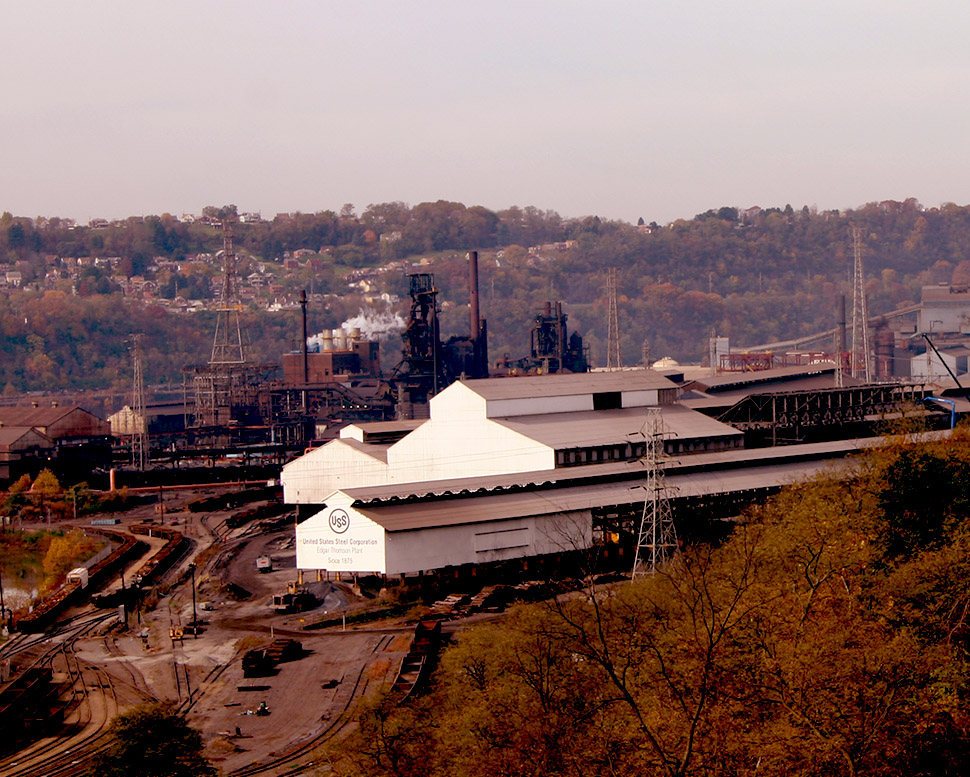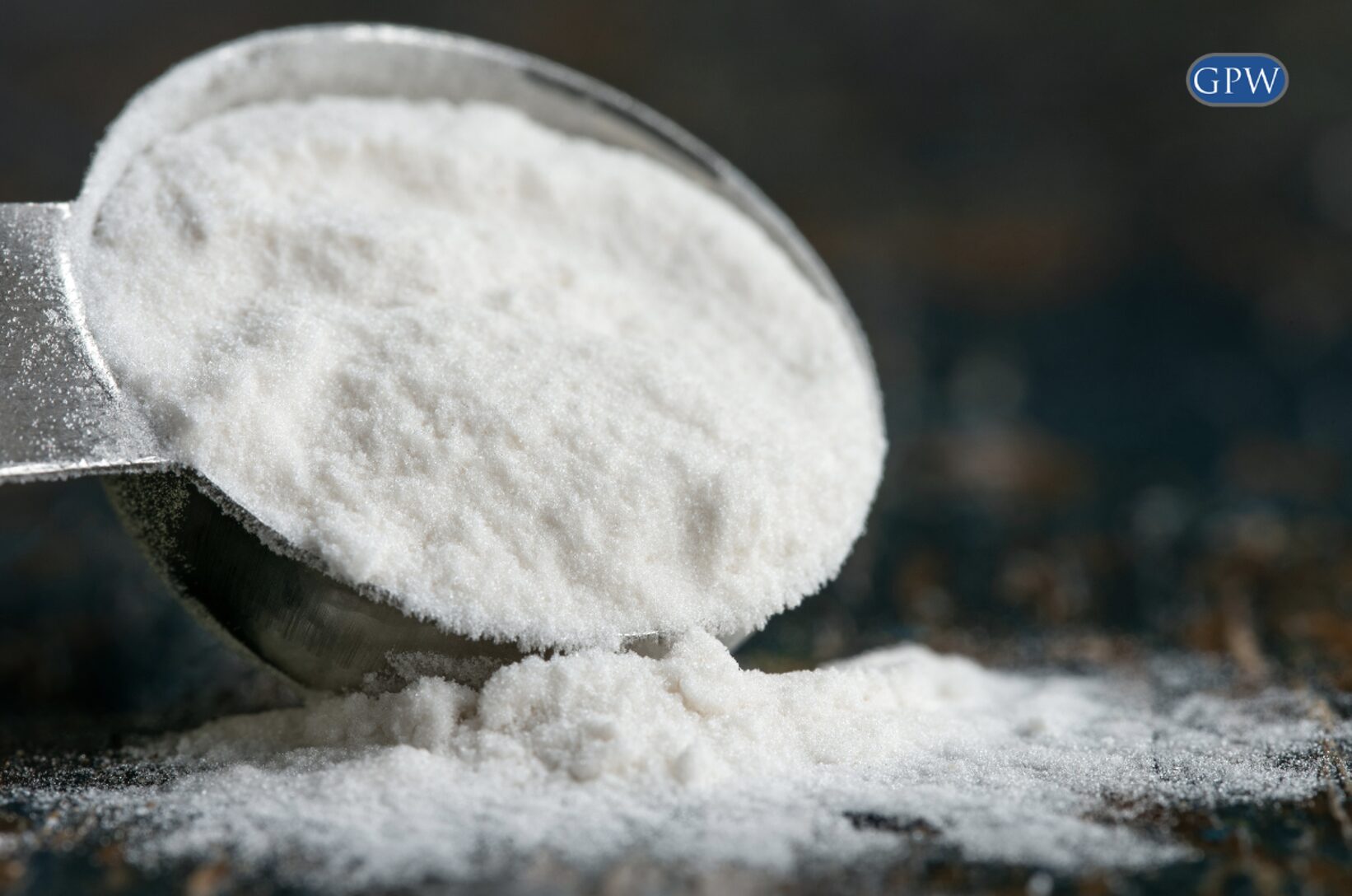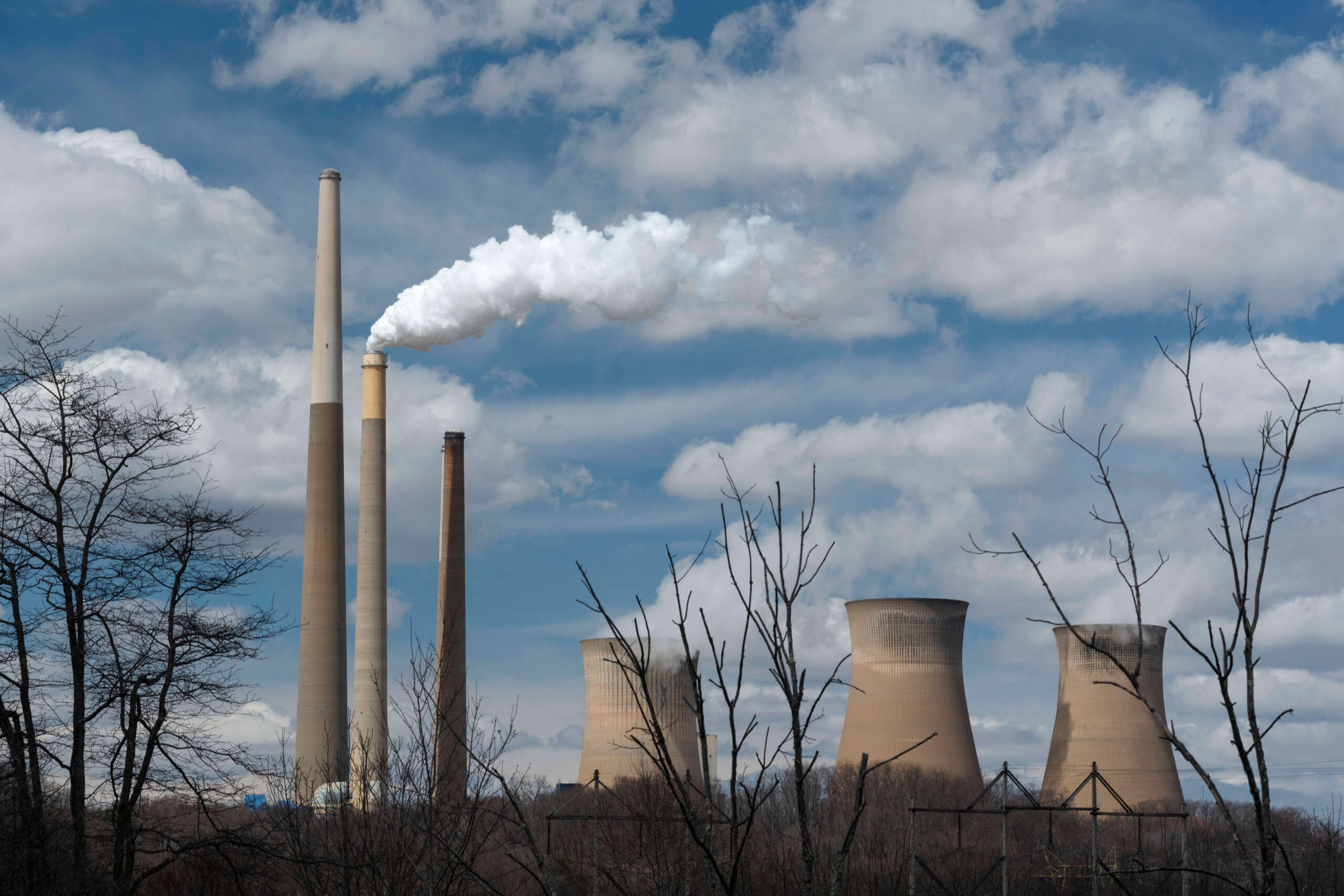Since asbestos was used for decades in thousands of products ranging from attic insulation to woven oven mitts, it is hard to imagine that this versatile material is actually a naturally occurring mineral, composed of chemical compounds bundled into fibers. Found in serpentine, mafic, and altered ultramafic rocks, asbestos is divided into two groups – serpentine and amphibole – which are determined by the chemical composition of the mineral.
While there is no “safer” type of asbestos because all types of asbestos exposure can lead to illness, there are more dangerous forms of asbestos based upon the nature of the fibers. Serpentine is a variety of asbestos in which the structure is layered with curly fibers. Amphibole asbestos has long, chain like structures that has sharp fibers and can be inhaled easily. The longer, sharper fibers found in types of asbestos like crocidolite, are thought to be more life-threatening because the fibers can embed themselves quicker and deeper into organs and the surrounding tissue.
A study published in Inhalation Toxicology investigated asbestos fiber length and its relation to disease risk by not only taking a look at the fiber length, but also the fiber dimension, the aerodynamic characteristics, and the bio-durability of the structure. Asbestos fibers are measured in micrometers (µm) which is one millionth of a meter, or one thousandth of a millimeter. This unit of measurement is common for measuring the diameter and length of the incredibly small – anything from wavelengths of infrared radiation, to bacteria, to fibers found in wool. A typical strand of spider web silk ranges from 3 µm to 8 µm, and the width of a wool fiber; anywhere from 10 µm to 55 µm.
In this latest review, conclusions were based upon in vitro animal exposure studies and evidence found in the relationship between fiber length and disease risk. Fibers longer than 10 µm and 20 µm significantly increase the risk of disease in humans, while fibers less than 5 µm are associated with little or no risk of illness. The fibers under 5 µm are typically not able to be as deeply embedded and are able to be cleared. The different chemical compositions of asbestos play a role in how the asbestos is used in certain products. Since longer, sharper asbestos fibers are known to be more dangerous, it is important to know what types of products contained these types of asbestos, and where it was used.
Crocidolite asbestos, or blue asbestos, contains fibers that are the sharpest and the longest. Crocidolite is not as heat resistant as other forms of asbestos, so it was not as desirable, but was still used in the following products:
- Steam engines
- Pipe insulation
- Ceiling tiles
- Cement sheets
- Battery storage casings
- Kent Micronite Cigarette Filters (1953 – 1956)
Tremolite asbestos is also considered to be one of the most deadly forms of asbestos due to its very sharp, thin, needle-like fibers. Fortunately, tremolite was not commonly used in products, but that does not mean there is no risk of exposure. Tremolite is generally found when other minerals are being mined, particularly vermiculite. In Libby, Montana, thousands of residents were exposed and sickened by tremolite asbestos when the vermiculite mines were being excavated.
According to the United States Geographical Survey, asbestos can be found in 20 states in the U.S. and had been mined in 17 of them. The asbestos industry today still maintains that some forms of asbestos carry little risk of developing into an asbestos related disease. However, the fact of the matter remains that there is truly, no safe amount of asbestos exposure, regardless of the type. If you are suffering from an asbestos-caused disease such as lung cancer, or mesothelioma, contact the attorneys at Goldberg, Persky & White. There is no fee to speak to an attorney and find out if you are entitled to compensation.
Sources:
Barlow, CA, et. al., “Asbestos Fiber Length and Its Relation to Disease Risk,” Inhalation Toxicology (October 2017). [Link]
U.S. Geological Survey, “Some Facts About Asbestos,” U.S. Department of the Interior (March 2001). [Link]



